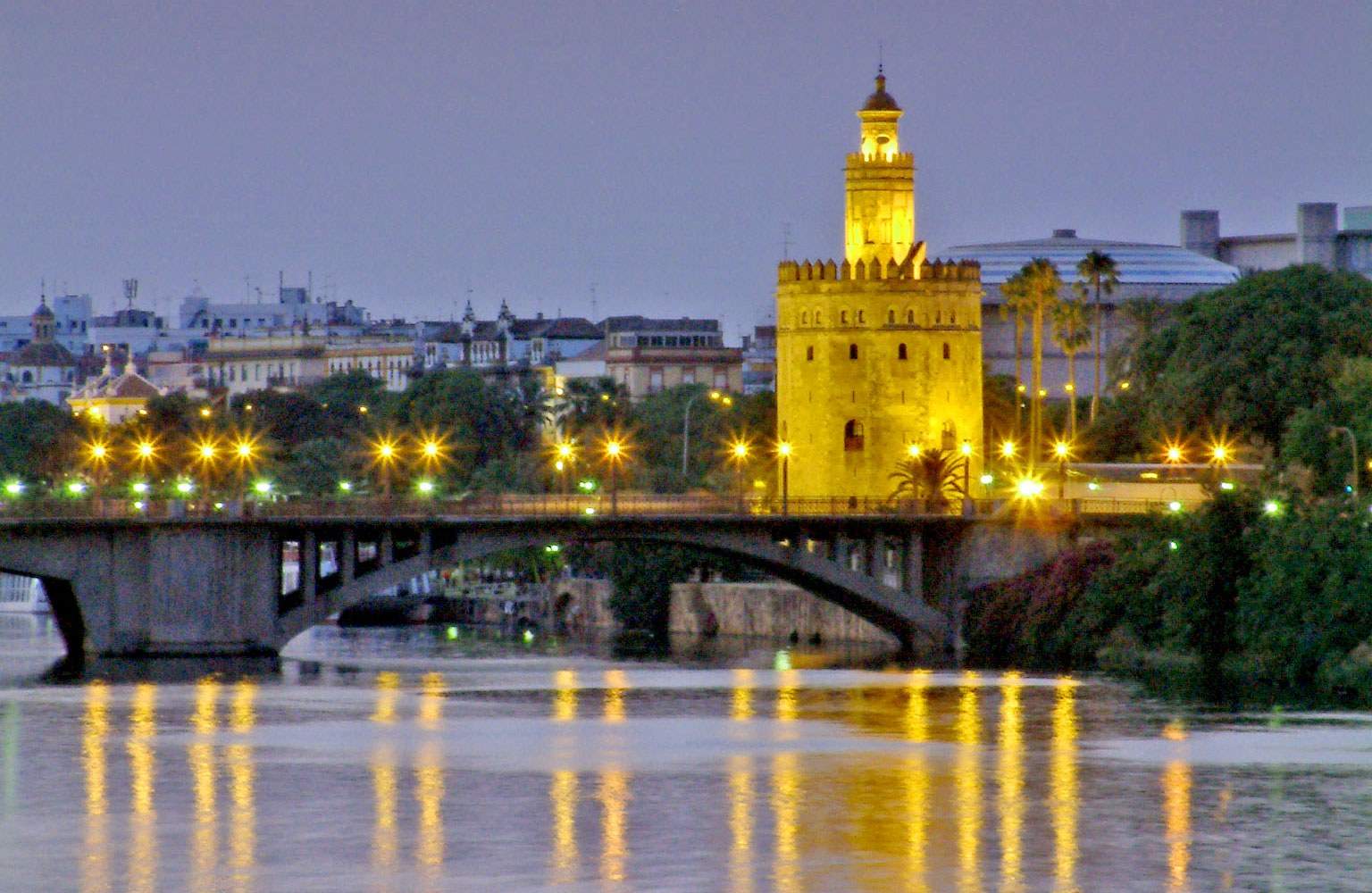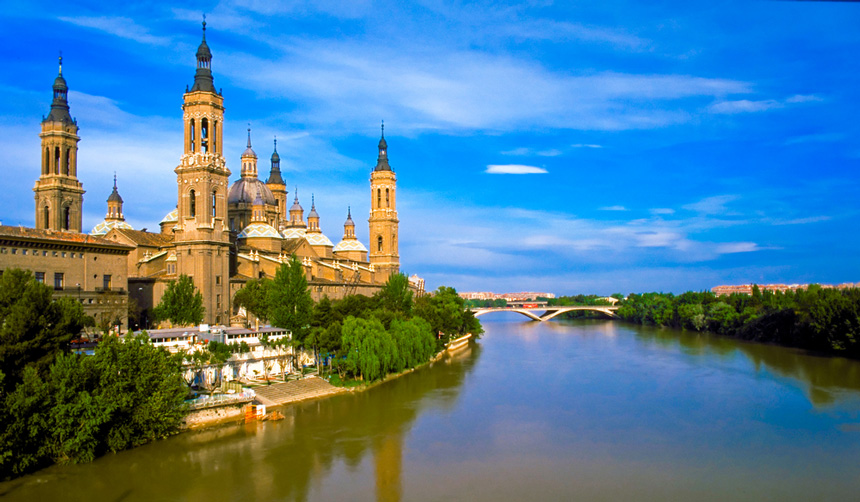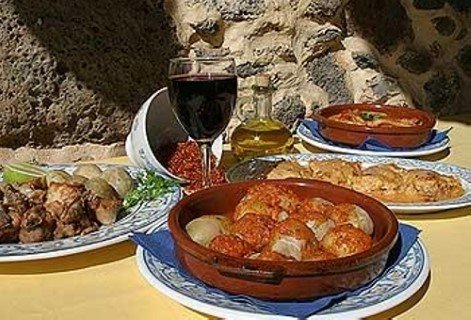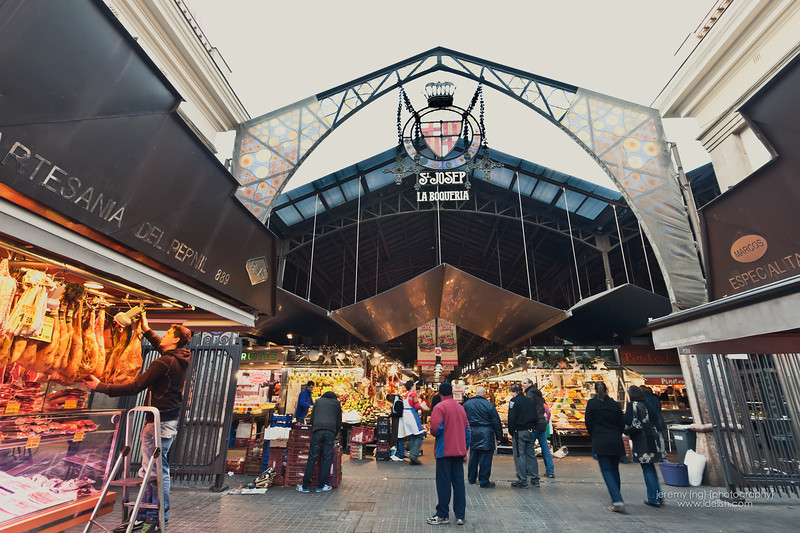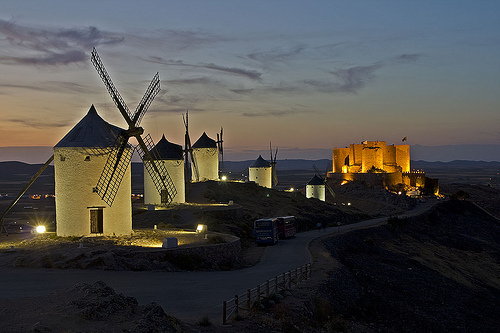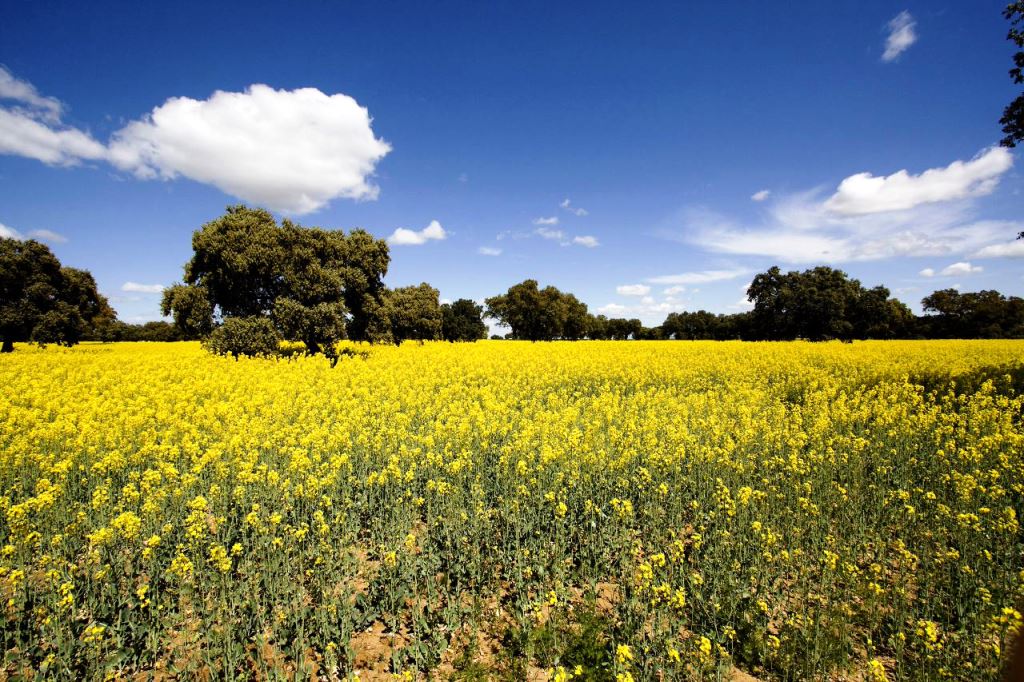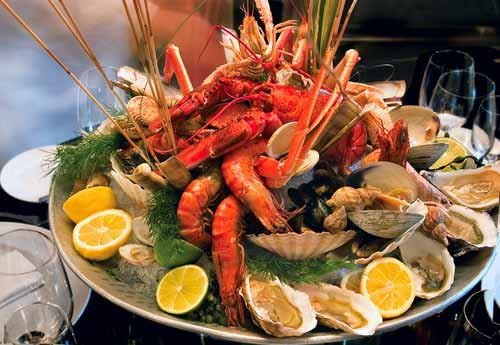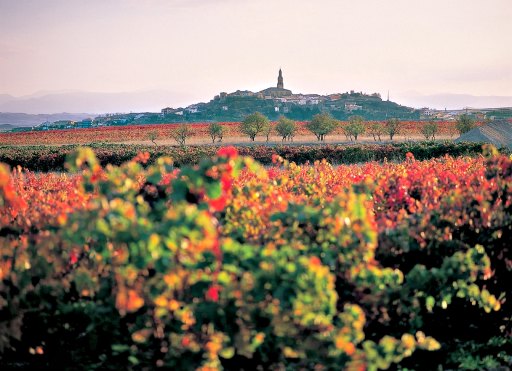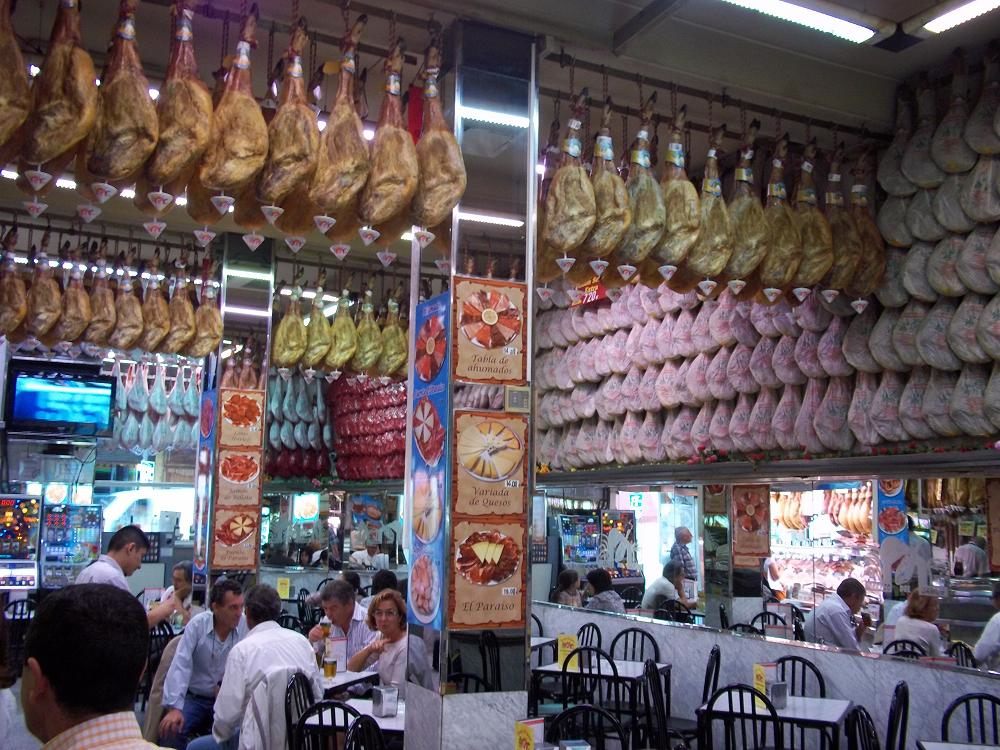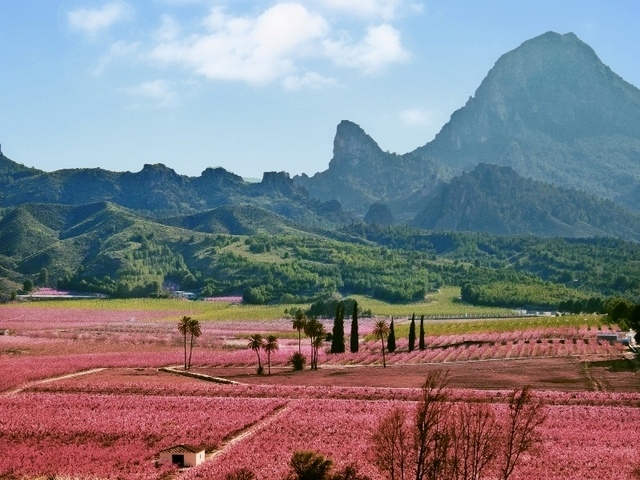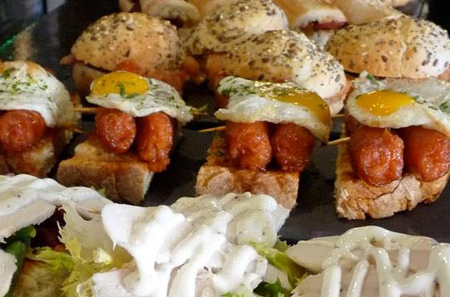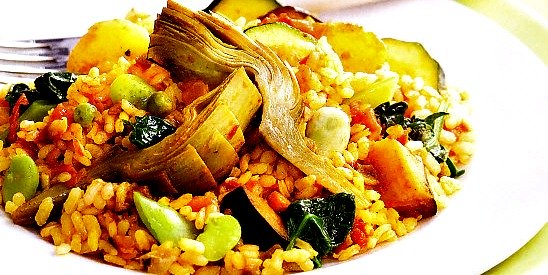Spanish Regional Cuisine - A Cook's tour of Spain
Many of us, who live (or have lived) in Spain frequently travel throughout the country, discovering a wealth of art, history and culture as well as exciting foods, cheeses, wines and sweets, some very local indeed. For the traveller, this survey of regional specialities can provide suggestions of what to eat in Bilbao, Barcelona or Badajoz and, for the enthusiast and adventurous cook, a culinary tour of this most fascinating country.
A few dishes have no culinary frontiers, such as the cocido, a one-pot feast of meats, sausages and vegetables; the tortilla or Spanish omelette, made with eggs and potatoes; and sopa de ajo, garlic soup. Though each varies from region to region, incorporating local produce and flavours, they are all truly "national" recipes. Additionally, all three are simple to prepare, wonderful introductions for the novice into the complexities of Spanish food.
Regional variations are best characterised by the Spanish saying, referring to both climatic conditions and to cooking techniques: "In the north you stew; in the central region you roast; in the east you simmer and in the south you fry".
Spanish recipes by region
Andalusia: The Romans taught the Andalusians how to cultivate wheat and vines and used the fish from the seas to produce the best "garum" in the empire. The Arabs taught the Andalusians how to grow fruit and vegetables. They used irrigation systems and improved the cultivation of olive trees and the production of oil. Furthermore, the Greeks, Phoenicians, Carthaginians and Visigoths left their mark on the art, science, culture and gastronomy of Andalusia.
Aragon has inherited its rich gastronomy from the different cultures which have passed through the region over the centuries. It knows how to exploit its local products and today its cuisine is described as classical. The great geographical diversity of this region has given rise to top quality products which are as varied as the land's orography.
Asturias is a magnificent natural sea, mountain and country paradise with a very diverse environment. Protected on one side by the Bay of Biscay and on the other by the Picos de Europa mountain range, this region has always been isolated and protected from possible invasions and therefore has many deep-routed traditions and rituals.
Balearic Islands: The gastronomy from Majorca, Menorca, Eivissa·Ibiza and Formentera is comprised of many delectable and pleasurable dishes. The cuisine takes full advantage of the islands' resources and the many cultures which have passed through the archipelago over the years have left their mark: many different civilisations (Greeks, Phoenicians, Romans, Arabs, French, English...).
Basque Recipes: Basques live for cooking and eating. I haven't found a similar level of passion anywhere I have traveled. If we try to describe Basque cuisine, a fair answer might be that it is deeply felt, honors tradition, and respects the natural flavors of the ingredients. These qualities are on display in the significant number of dishes that are distinctively Basque.
Canary Islands: The Spanish often refer to the Canary Islands as the "Islas Afortunadas" as the shine shines practically throughout the year, their only borders are the sky and the sea, and because their fauna, flora and culture, at time so different to that of mainland Spain, are real treasures. However, perhaps it would be more appropriate to call the visitor to these islands "fortunate"; not only because he can enjoy the sun, sea and environment but also because he has been presented with the opportunity to taste their culinary delights.
Cantabria recipes: The Region of Cantabria is very rich in history, art and natural areas: the sea, valleys with mild and warm micro-climates, fertile pastures... the varied cuisine cleverly combines the products from the sea with those from the pastures and market gardens.
Catalonia Recipes: As with nearly all cultures, Catalonian cooking has great character. Its innovative cooking often looking back to history for inspiration. Although ultimately Mediterranean, Catalonia has been influenced by various cultures over the centuries: the Greeks, Romans, the Italians in the eighteenth century and the French have all left their mark on this complex cuisine. Catalonia has absorbed the best of each country and created a culinary package which forms part of the popular wisdom of the region.
Castilla-La Mancha recipes: Located almost in the centre of mainland Spain, Castilla la Mancha and its cuisine is a very appreciated discovery for the traveller. The cuisine of this region is comprised of a great variety of traditional, hearty yet simple dishes which are prepared using elementary ingredients such as bread, meat, vegetables and accompanied by a wide range of wine, sheep's cheese and desserts, transporting the diner back to the era of Don Quixote and his faithful Sancho.
Castilla-Leon is the largest of the Spanish Autonomous Regions. It is comprised of nine provinces which share flavours and tastes but conserve their own traditions. Traditions of huge historical and artistic richness which are gastronomically reflected, together with Extremadura and Castilla la Mancha, in its nickname "España del Asado" (Spain of the Roast). Without a doubt, Castilla-Leon is best known for its roast suckling pig and lamb.
Extremadura recipes: The Extremaduran countryside never ceases to amaze the visitor, with its dry plains, luxuriant pastures, mountains, marshes, meadows and fields.... In each area there are different products, the crops and livestock influencing the local dishes.
Galicia recipes: Its cuisine is one of the main tourist attractions of Galicia: the exquisite delicacies of this region are based on the high quality and variety of the local products used in the preparation of dishes. Country, farm and sea products are unique in their characteristics and quality. Furthermore, it cannot be forgotten that one of the main pillars of Galician cooking is the professionalism of its experts. Galician chefs are found world-wide.
La Rioja is situated on the Camino de Santiago route. It is a land of travelers and exchange, where relationships are formed and culture and customs interchanged. All this is reflected in its gastronomy which, apart from providing the traveler with the opportunity to taste top quality wines, has also been very much influenced by its neighboring regions, adapting the dishes with that touch of exquisite simplicity so typical from this area.
Madrid has always had a magnetic effect on the remaining Spanish regions. Whether due to the fascination for the Court, or to look for work and a better future than that offered in the countryside, over the years this region and the capital of Spain has become a melting pot of people, cultures and gastronomies. Madrid accepts all types of influences from all types of cooking. It does have its own dishes which, although they did not originate in this area, have become "madrileño" over time.
Murcia serves authentic Mediterranean cooking: cereals, vegetables and olive oil are the base of this cuisine, which finds its source of inspiration in the market garden - natural, authentic, tasty and with a character all of its own.
Navarra recipes: It is said that taste is found in variety and of all Spanish regions, the Autonomous Region of Navarra has the most varied landscape. Valleys alternate with thick forests, splashing waterfalls and major rivers.
Valencia recipes: The incredible variety of rice dishes and desserts is outstanding. All this without forgetting the great variety of fruit which the Region of Valencia produces in abundance. Its traditional soft drinks have also become well-known, such as tiger nut milk ("horchata de chufa"). Its long wine-growing tradition has given rise to a delicious range of wines with their Denominations of Origin, which when added to the local soups comprise some of the most exquisite recipes of Valencian cooking.
